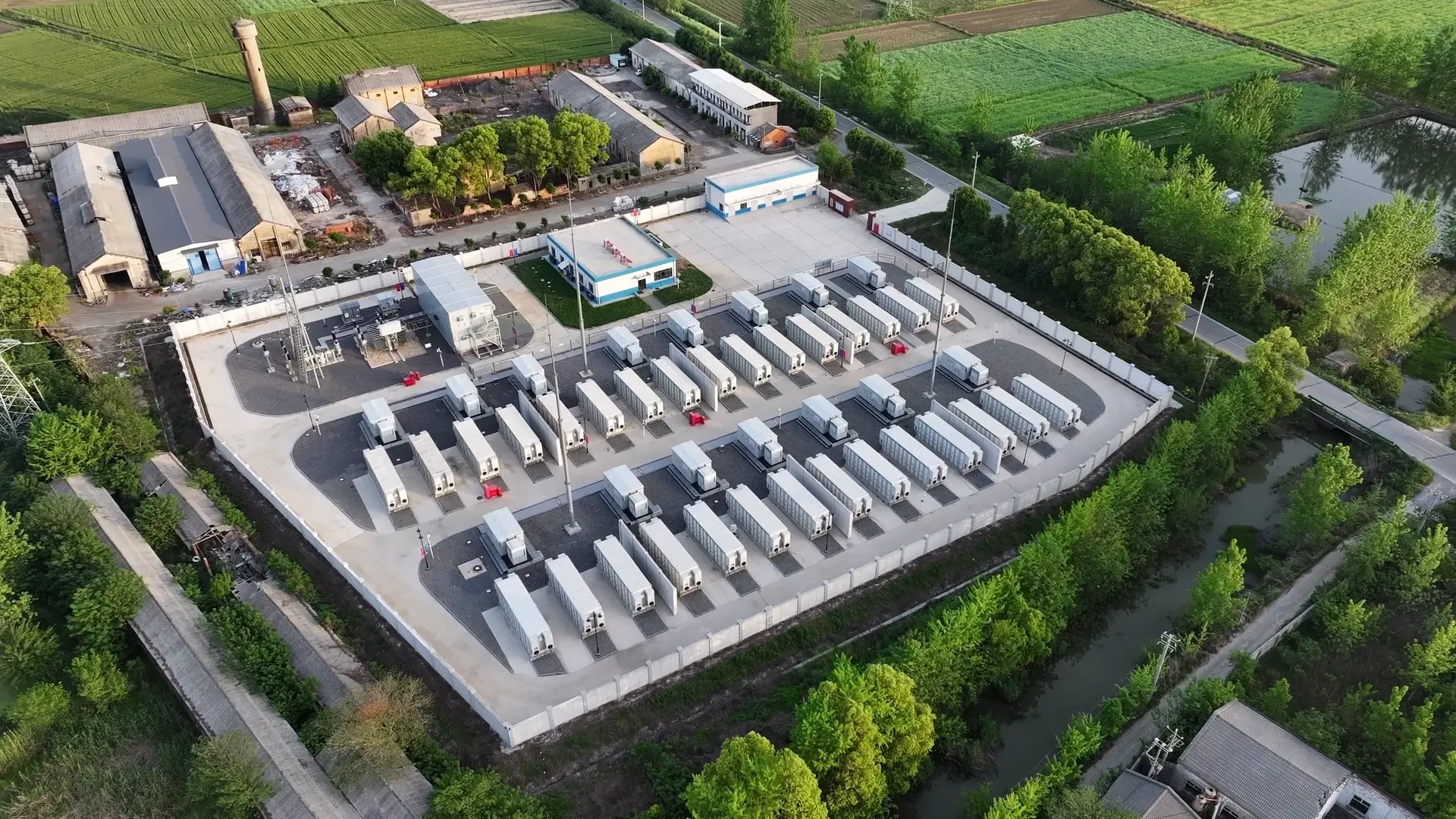Reliable backup power is essential for telecom networks. From 5G base stations to remote rural towers, batteries ensure uninterrupted service during power outages. However, operators often face challenges such as premature battery failure, limited backup duration, and rising OPEX caused by frequent replacements and maintenance. Extending battery life is therefore a top priority for network operators, as it directly impacts service reliability and total cost of ownership (TCO).
This article outlines four key strategies telecom operators can adopt to extend battery life and maximize backup duration.
1. Choosing the Right Battery for Telecom Applications
Selecting the right battery chemistry is the first and most critical step in extending telecom battery life. Different battery types have distinct characteristics that directly influence longevity and backup duration:
● Lead-Acid Telecom Batteries: While cost-effective upfront, lead-acid batteries are sensitive to deep discharges and high temperatures, which can accelerate degradation. Proper site matching—such as shallow cycling in climate-controlled rooms—can help maximize their lifespan.
● Lithium-Ion Telecom Batteries: Known for high energy density and excellent tolerance to deep discharge, lithium batteries naturally support longer cycle life and consistent performance. Choosing lithium batteries can significantly reduce replacement frequency and extend overall system uptime.
● Hybrid and Advanced Solutions: In off-grid or renewable-powered sites, hybrid systems that combine lithium batteries with solar or diesel generators reduce the depth and frequency of discharge. This lowers stress on the batteries, enhancing longevity and ensuring longer backup availability.
Selecting a battery type that matches the site’s environmental conditions, load profile, and operational demands is crucial. The right chemistry minimizes stress, prevents premature degradation, and ultimately extends the backup duration of telecom power systems.
2. Optimize Charge and Discharge Practices
Battery lifespan is highly influenced by how it is charged and discharged. Proper management reduces stress and battery degradation:
● Avoid Deep Discharge: Regularly draining batteries to very low levels accelerates aging.
● Intelligent Charging: Using advanced charging algorithms prevents overcharging and undercharging, preserving capacity.
● Maintain Optimal State-of-Charge: Keeping batteries within a healthy charge range reduces chemical stress.
● Prioritize Critical Loads: Ensures energy is used efficiently during outages, preventing excessive strain on the battery.
Smart charging and load management prevent premature capacity loss, directly extending backup duration.
3. Manage Temperature to Preserve Performance
Temperature is one of the most important factors affecting battery life. Both extreme heat and cold can accelerate chemical degradation and reduce the battery’s effective capacity:
High Temperatures: Speed up chemical reactions inside the battery, which shortens cycle life and can lead to early failure.
Low Temperatures: Slow down chemical reactions, reduce available capacity, and make charging less efficient, increasing the risk of battery underperformance.
How to Protect Batteries from Temperature Stress:
1. Climate-Controlled Enclosures: Install batteries in rooms or cabinets with air conditioning or heating systems to maintain a stable environment. This is especially important for indoor sites in regions with extreme weather.
2. Passive or Active Cooling/Heating Systems: Use fans, heat exchangers, or built-in thermal management systems to actively control the temperature of outdoor cabinets or large battery arrays.
3. Thermal Insulation for Extreme Sites: For very hot deserts or freezing mountainous regions, add insulation layers to battery cabinets to reduce temperature fluctuations and protect against harsh conditions.
Keeping batteries within their optimal temperature range reduces stress on their chemical components, prevents capacity loss, and significantly extends service life. Proper temperature management ensures batteries provide reliable backup when it’s needed most.
4. Leverage Smart Battery Management Systems (BMS)
A smart BMS plays a crucial role in extending battery life and ensuring reliable backup by monitoring battery health, detecting potential problems early, and reducing unnecessary stress.
1. State-of-Charge and State-of-Health Monitoring: Continuously tracks battery capacity and condition. This allows operators to perform maintenance before batteries are overused or degraded.
2. Remote Diagnostics: Detects issues without sending technicians to the site. This prevents small problems from turning into costly failures and reduces operational effort.
3. Fault Alerts: Provides automatic warnings for overcharging, overheating, or abnormal behavior, helping operators act before permanent damage occurs.
4. Integration with Network Management Systems: Centralizes monitoring for multiple sites, ensuring consistent operation and easier decision-making for maintenance and replacements.
Batteries for telecommunications with advanced BMS turns reactive maintenance into proactive management, extending battery life and backup availability.
Conclusion
Extending the life of telecom batteries and keeping backup power available for longer is essential for reliable network operation.
By choosing the right battery type, using proper charging and discharging practices, controlling temperature, and using a smart BMS, operators can make batteries last longer, perform better, and reduce maintenance and replacement costs.
To discover about solutions that help maximize battery life, explore our telecom battery offerings now.




























 2025-09-17
2025-09-17 Name
Name Tel
Tel Email
Email Country
Country Company
Company Information
Information